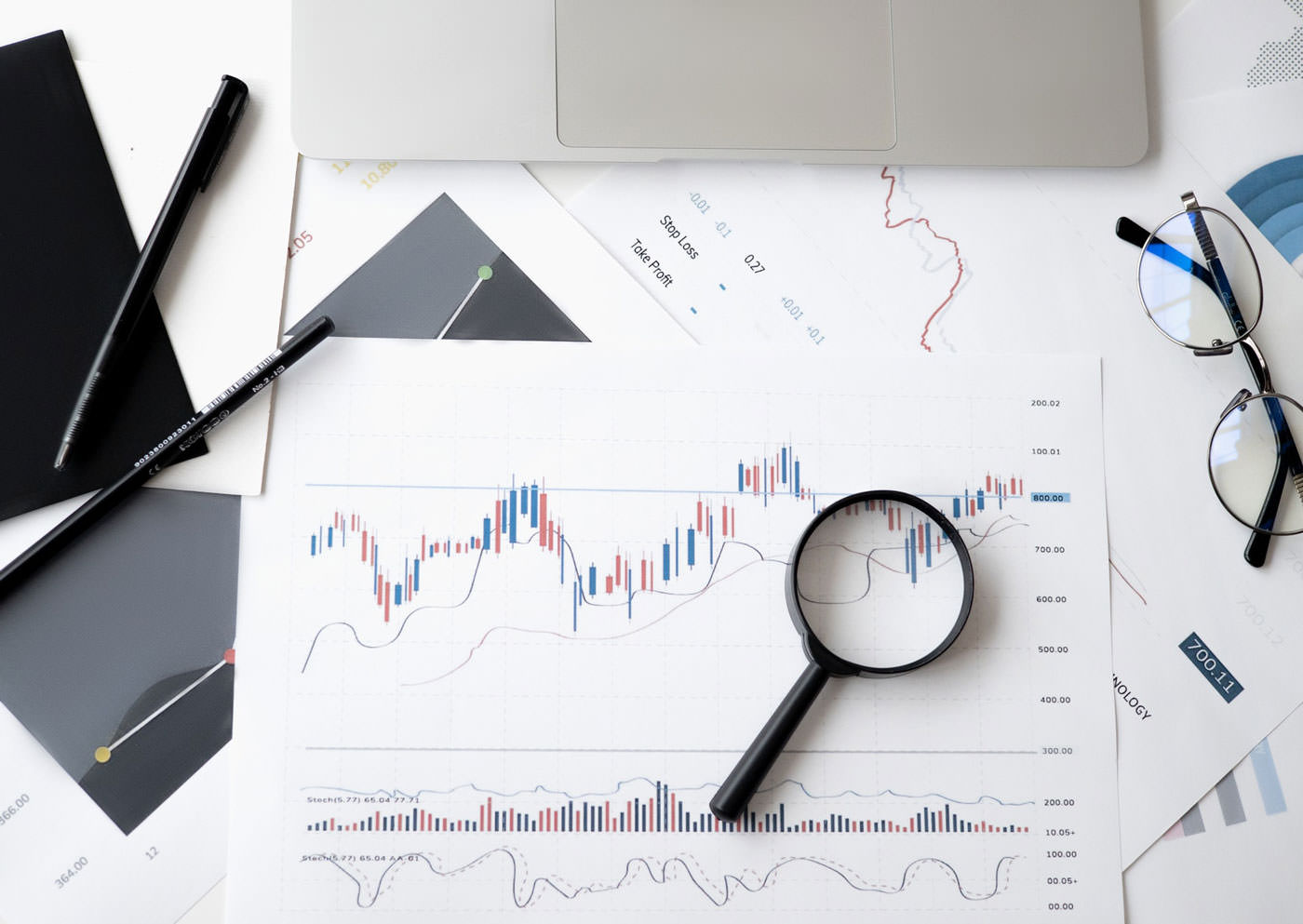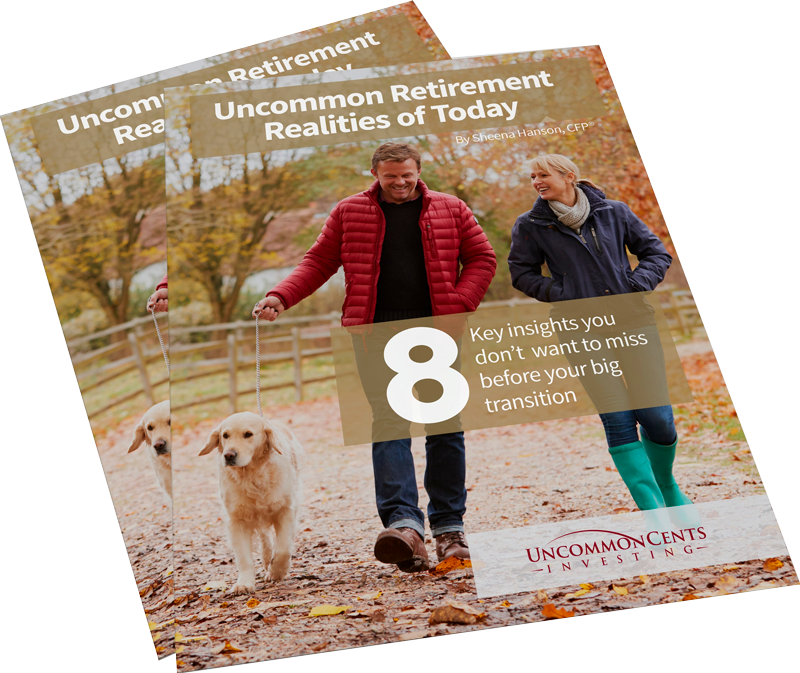You followed all of the rules: Start saving early. Don’t touch it; just let compound interest do its thing. Diversify your portfolio.
Now you are primed for the retirement you’ve always dreamed of. Lake-side fishing and kayaking all on your watch. Jet-setting to see friends and extended family. All the home updates you had been denying yourself in order to save.
And now the biggest threat is one you probably never even heard of: Sequence of returns risk. What is it and how can you guard your investments against it? Let’s jump right in.
Defining Sequence of Returns Risk
Would you be surprised to learn that the timing of market returns in retirement in just as important—if not more important—than the rate of return itself? You see, how the market performs in the early years of your retirement can affect the rest of your life for better or for worse.
Sequence of returns risk, or just sequence risk, is all about timing. If the market is up when you retire, then your withdrawals for income could be offset by new gains. But if it’s a bear market, your withdrawals lower the balance without being offset at all. Withdrawing on a down portfolio can shrink the balance of your portfolio quicker than you imagined.
Early Losses Are Harder to Recuperate
“There are two rules in investing. The first rule is don’t lose. The second rule is don’t forget rule number one.” -Warren Buffet
At this point, you may be thinking, “Sure, but what if I earn higher returns later on? Won’t I at least break even?” Even higher returns later in retirement make it near impossible to make up for early loss. Why? Because the return it takes to recuperate loss is exponentially higher than the rate of loss. For example, a 10% loss isn’t recuperated with a 10% gain. A 10% loss is recuperated with an 11.11% gain. A 15% loss takes 17.65% to recover. And an 80% loss takes 400% to recover! So imagine you experience a significant loss up front and have no other choice but to continue withdrawing on that diminishing number for retirement income. The outlook for the remainder of your retirement won’t be pretty.
To demonstrate sequence risk, let’s look at this example from Kiplinger. Two retirees each start with $1 million and withdraw $60,000 each year for four years. Retiree A’s account has annual returns of -30%, 5%, 12%, and 25%. Retiree B’s account has returns of the exact opposite: 25%, 12%, 5% and -30%. What do their account balances look like after four years?
- Retiree A: $720,000
- Retiree B: $831,768
At the end of four years, Retiree B has $111,768 more all because of the order, or sequence, of the returns earned early in retirement, even though both had the same drawn down plan and rates of return.
But, don’t raise the white flag just yet. Just because you don’t have control over where the market will be when you retire, doesn’t mean you don’t have any control over what happens to your nest egg.
5 Ways to Guard Against Sequence Risk
To help you mitigate the sequence of returns risk for your portfolio, consider the following tips:
1. Keep some cold, hard cash
Having a portion of your assets in cash and cash equivalents equal to about 1-2 years of retirement withdrawals can give you lots of flexibility. If the market is in a downturn, you can ride it out without taking any distributions. You may be tempted to save more than that, but if you allocate too much to cash and the market is in an upswing, you will miss out on the advantage of compound interest.
2. Safer allocations (Maybe)
Retirement isn’t the time to jump on the Robinhood bandwagon and buy GameStop stock. You have to play it safe, especially to hedge against sequence risk. You should understand exactly how much risk you are taking with your investments to be sure it is appropriate for your income needs and your comfort level. Not everyone should get more conservative as they move into retirement, but moving some stock allocation towards bonds could be in your favor depending on your situation.
3. Keep Working
Just reading that subtitle might make your heart sink into your chest a bit. But, seriously consider if you can swing working a few more years, especially if you’re in your peak earning years. By staying in your job, you give (1) the market time to correct (2) yourself more time to save and contribute to your retirement accounts and (3) more time for you social security to accumulate.
4. Limit withdrawals
If your retirement is already in the works and you can’t put it off until the market recovers, then try to limit your withdrawals or lower your withdrawal rate. Reducing your portfolio distributions won’t stop the bleeding, but it will definitely slow it down by taking smaller bites out of the balance.
5. Reduce spending
This is everyone’s go-to whenever there is a bear market regardless of retirement plans or not. Of course, it does sting a bit more when you’re ready to be living it up and enjoying your time out of the workforce. While you could take a big step and downsize your house, for example, simply choosing a cheaper vacation or cutting down on discretionary spending could be enough to keep your income on track. By spending less, you can limit your withdrawals (see Step 4) and mitigate sequence risk.
Need Some Help?
The advisors at Uncommon Cents Investing are here to guide you. Not only do we help clients guard their investments from sequence risk, but protect against other hidden risks to their retirement and financial life plans. If you’re interested in learning more about our wealth management services, simply schedule a call.
Sheena is a highly regarded financial professional known for her clear explanations and practical advice on complex financial matters. She earned her CERTIFIED FINANCIAL PLANNER™️ designation in 2010 and holds a Bachelor of Science degree in Finance from the University of Wisconsin LaCrosse.



